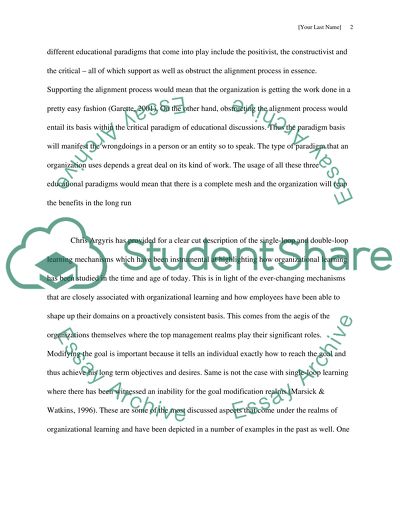Cite this document
(“Communications - Single-loop & Double-loop Learning Essay”, n.d.)
Retrieved from https://studentshare.org/environmental-studies/1412024-communications-single-loop-double-loop-learning
Retrieved from https://studentshare.org/environmental-studies/1412024-communications-single-loop-double-loop-learning
(Communications - Single-Loop & Double-Loop Learning Essay)
https://studentshare.org/environmental-studies/1412024-communications-single-loop-double-loop-learning.
https://studentshare.org/environmental-studies/1412024-communications-single-loop-double-loop-learning.
“Communications - Single-Loop & Double-Loop Learning Essay”, n.d. https://studentshare.org/environmental-studies/1412024-communications-single-loop-double-loop-learning.


